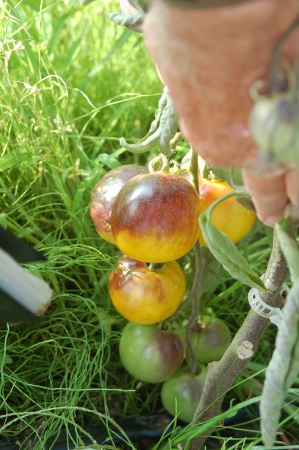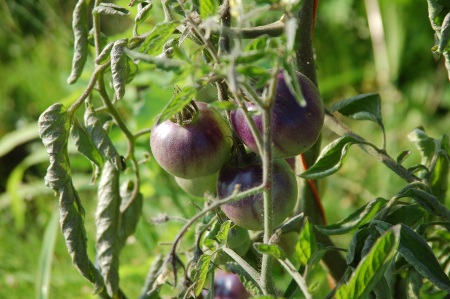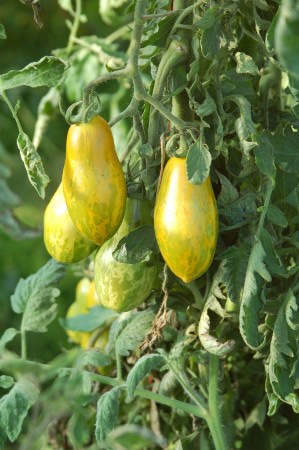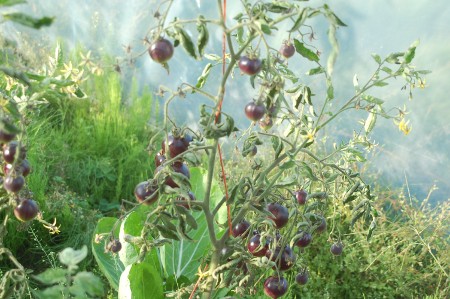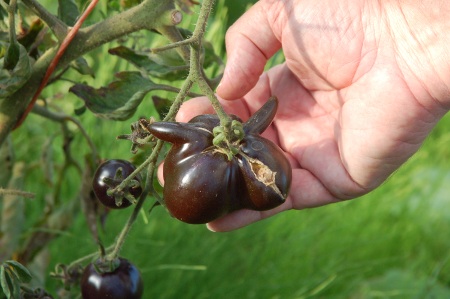Kent Whealy, co-founder of the Seed Savers Exchange, sent me a copy of this speech in an letter, entitled Svalbard Doomsday Vault: Biopiracy by U.N. Treaty [updated]. This was the only thing in the envelope, no cover letter, and I’ve had no indication so far it was sent to all listed members of the SSE as has happened in the past. I think it’s his intention that it be distributed further, so I’m offering a scanned copy of it for download here. It’s also available elsewhere on the Internet.
I think it’s a very important letter for all past, present or future members of the SSE to read and understand. What Whealy says is what I have long suspected or known about Svalbard, but have not be able to articulate or fully research to make an accurate statement.
It’s the nature of international treaties that you can’t just read the text in order to understand what they all mean, because they are so complex and intertwined with one another. In fact it’s often true that the only ones who really understand what they mean are the people who wrote them. You have to have someone else research the treaties for you and explain what they mean, there’s really no other way. That’s what Whealy has done for us in this speech. If I were to briefly summarize what Whealy said it would be the following:
If you give seeds to the SSE it’s the same as giving them to Monsanto for research and creating new GM varieties. If you give the SSE money or are a member, you are supporting this activity with other people’s seeds.
At the same time we need to recognize the importance of the current SSE seed collection. Rather than turn our backs completely on the SSE, we need to fight for the recovery of the seeds they already have.
One of the things Whealy says in his letter is he will personally pay the legal costs of anyone who has given the SSE seeds, since seen them deposited at Svalbard, and wishes to try to recover them. Are you someone in this situation, or do you think you are? Take Whealy up on his offer! Let’s get one or more test cases going, and try to get as many of those seeds back as we can! If you send me an email via the contact link on the front of this blog, I will make sure you get in touch with him.
One of the things that happens when you say anything about the Svalbard Doomsday Vault or the Global Crop Diversity Trust on the Internet, is a paid representative finds it in Google and sends you an email or leaves a comment objecting to what you said. That’s what happened the last time I posted about it.
Let me therefore just offer few words to them in advance. It’s my policy to allow any legitimate comments here, that appear to come from a real person and address the subject at hand. As long as you have something along these lines to offer, you are very welcome to leave a comment here. It’s also my policy to delete spam, so if what you offer appears to be a meaningless prepared statement available elsewhere on the Internet, I may delete it. I suggest your own website is a good place for this sort of thing, and anyone who is interested can go and read it there. If you send me a private email, I reserve the right to do whatever I want with it, including publishing it if I want. Above all, I want to make very clear that I personally don’t care at all what you think about what Kent Whealy or I say here, and I won’t change or delete anything just because you ask me to or think I should.
I have more to say about Whealy’s letter in future posts, so stay tuned!


